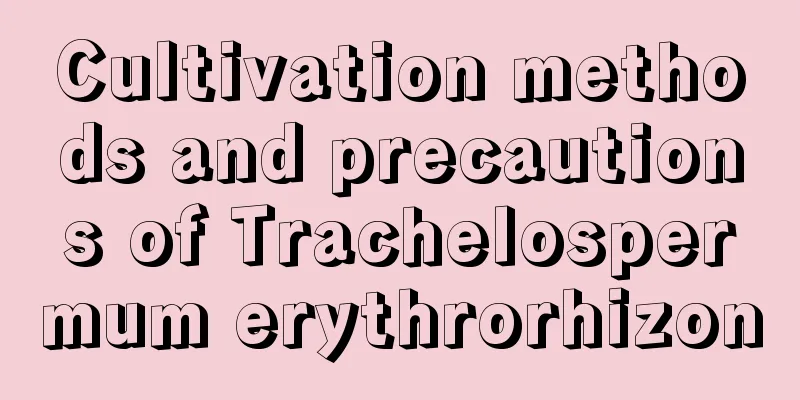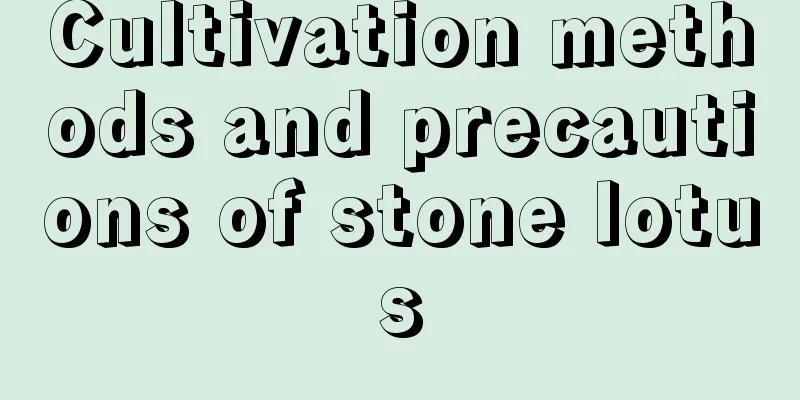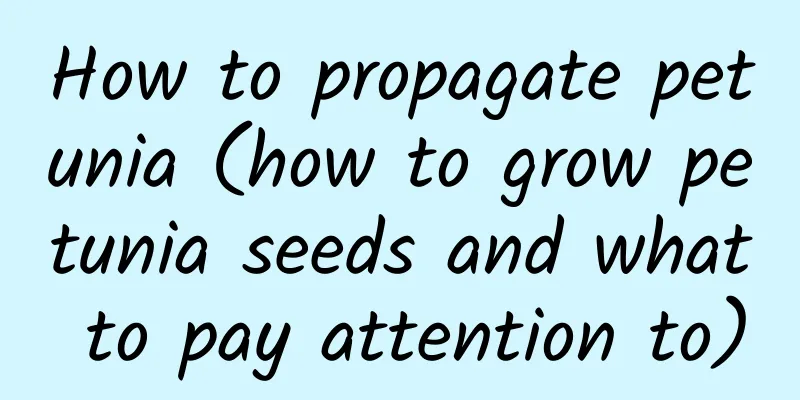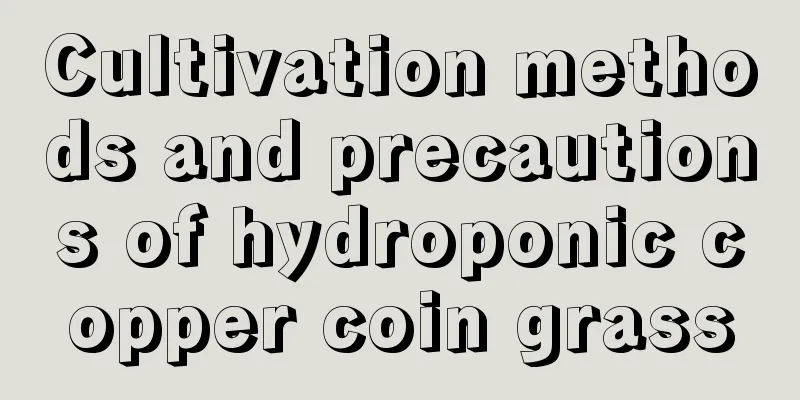Can compound fertilizer be used as water-soluble fertilizer (can compound fertilizer be dissolved in water and then drip-irrigated)
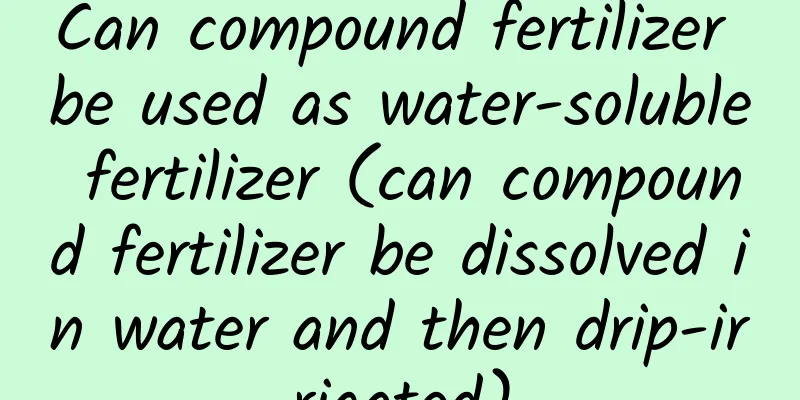
Can compound fertilizer be made into water-soluble fertilizer?Compound fertilizer and water-soluble fertilizer are two different fertilizers. Compound fertilizer is chemically synthesized, while water-soluble fertilizer is physically mixed. Compound fertilizer has process limitations, low content, and relatively backward process . Water-soluble fertilizers have good water solubility, high content, and good effect . Today I will explain to you how to use compound fertilizers and water-soluble fertilizers. There are many main processes for compound fertilizers on the market now, including drum granulation, disc granulation, spray granulation, ammoniation granulation and high tower granulation. The most water-soluble compound fertilizer is high tower granulation. When using it, no matter what kind of granulation, a certain amount of fillers and adhesives will be added. These processes have limited the water solubility of compound fertilizers, and there will be a lot of impurities in the aqueous solution after the compound fertilizers are melted. Drip irrigation of compound fertilizers is not feasible, as it is easy to clog the nozzles. However, compound fertilizer can be dissolved in water and directly applied to the soil during flooding. However, the absorption and utilization rate of compound fertilizer is low when used in this way. Although the process of water-soluble fertilizer is relatively simple, the raw materials are relatively good and can be completely water-soluble. When the water-soluble fertilizer is melted, the solution can be clear to the bottom. Only fertilizers whose solution is crystal clear can be called water-soluble fertilizers. No matter what kind of water-soluble fertilizer it is, it is suitable for drip irrigation, direct flushing, and foliar spraying. Both compound fertilizer and water-soluble fertilizer have their own characteristics. Although compound fertilizer is less water-soluble, it is most suitable for use as base fertilizer to provide nutrients to the root system for a long time. The effect of compound fertilizer generally lasts for about 60 to 90 days. Water-soluble fertilizer is a quick-acting fertilizer with good water solubility and is easily absorbed by plant roots. Its effect generally lasts for about 20 to 25 days. In terms of drip irrigation, conventional compound fertilizer products are not recommended for use as water-soluble fertilizers because they dissolve slowly, contain a large amount of insoluble matter, and can clog the nozzles if sprinkler or drip irrigation equipment is used. After all, compound fertilizer products dissolve slowly. Today's compound fertilizer products all have a certain slow-release or controlled-release capability. Some are achieved through coating technology, while others are achieved by adding other media to achieve the ability of fertilizers to slowly dissolve and release nutrients. In summary, after comparison, compound fertilizer is best used as base fertilizer and cannot replace water-soluble fertilizer for topdressing . Simply put, compound fertilizer is suitable for base fertilizer, and water-soluble fertilizer is suitable for topdressing . |
<<: When is the peach expansion period (when is the peach expansion period)
Recommend
Dandelion planting technology (time, method and benefits)
1. Planting technology 1. The planting time of th...
What is the best month to plant perilla?
When is perilla planted? The planting of perilla ...
How to make bell peppers sprout quickly
Pepper germination environment Every time you pla...
Should orchids be watered thoroughly? How much water should be poured each time?
Is the orchid watered thoroughly? When watering o...
Cultivation methods and precautions of Digitaria
How to cultivate Centella asiatica Light and temp...
How to overwinter the hanging bamboo plum in winter and how often to water it
1. How does the hanging bamboo plum survive the w...
How to save seeds of daisy
Daisy Seeds Introduction Daisies have seeds, and ...
How to prune cassia?
Gardenia is loved for its pure white flowers and ...
Cultivation methods and precautions of hydroponic Monstera
1. Moisture Monstera is a green plant that likes ...
What to do if the leaves of green apple arrowroot droop
1. Adapt to the environment Reason: If the green ...
The difference between Molan and Jianlan
Differences in growth habits Mo Lan prefers warm ...
If you grow chives and lotus like this in winter, you can get through the winter easily!
Characteristics of leek lotus: The cold resistanc...
How to grow camellia in winter
1. Maintenance place The temperature is relativel...
How to plant potatoes How to plant potatoes to get high yields
Potatoes, also known as potatoes and sweet potato...
Does winter melon prefer shade or sun?
Does winter melon prefer shade or sun? Wax gourd ...

